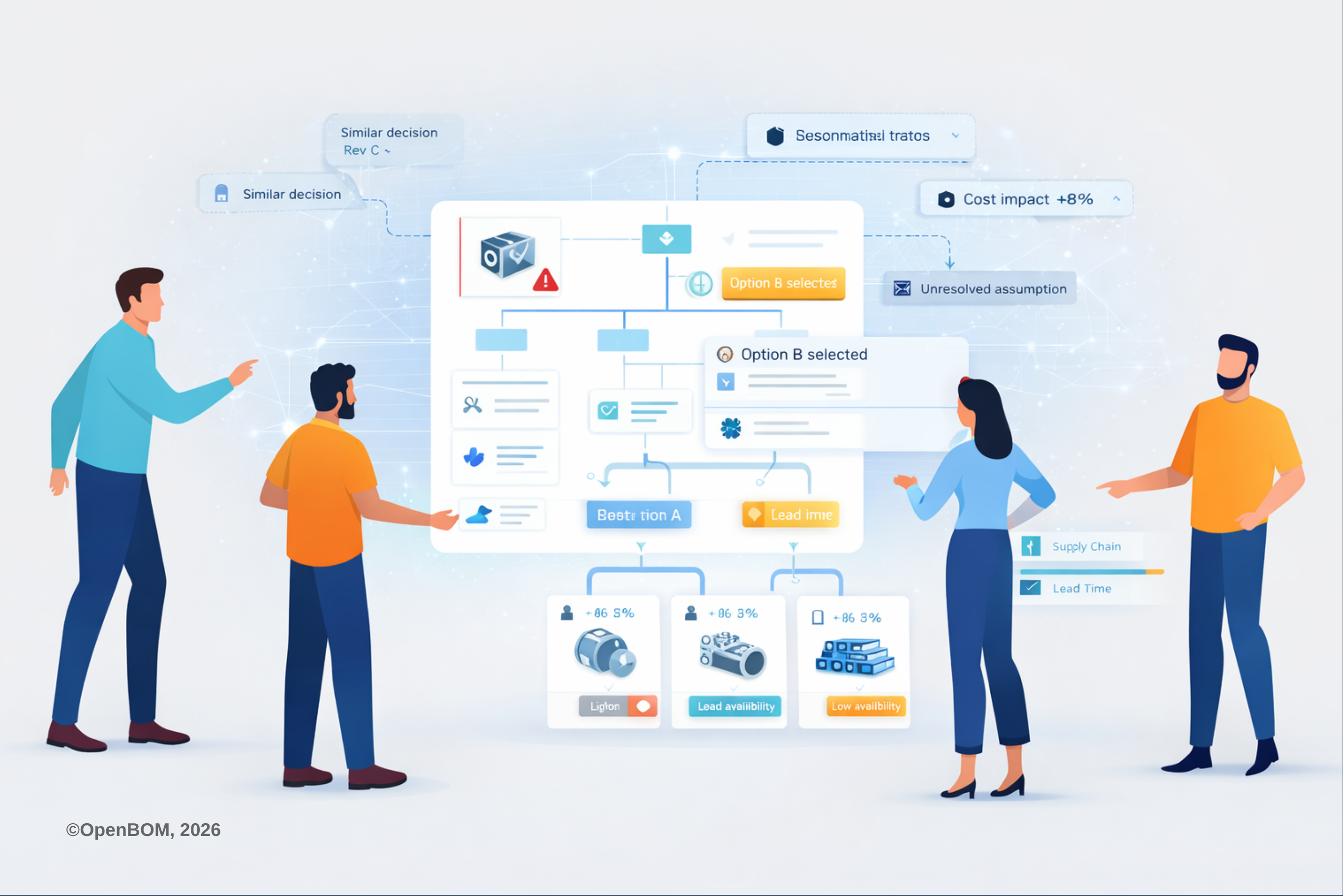
We live in a digital world and the way we communicate and collaborate is changing. What was appropriate a decade ago is now different. Our day-to-day habits are impacting the way we do business. Smartphones and other devices combined with social networks and other ways to communicate changed the meaning of “stay connected” forever. Email analytic article Email Response Time: How to Measure + What’s Normal brings a bunch of very interesting data points about response rates and how it is connected to business communication.
52 percent of professionals who send a work-related email expect a response between 12 and 24 hours from the initial time of sending. Roughly 20 percent of people expect an even faster response time, in less than 12 hours. Only 3 percent of participants in this survey indicated they’d be okay with waiting a week or longer. Proper email response time expectations are difficult to nail down. Studies show ranges from around 2 to 17 hours, though they involve different industries.
Email study is one of the indications of the growing demand for efficiency in business communication. What was normal a decade ago is completely different now.
Communication in Product Development Is Hard
Emails might be challenging in general, but it is really hard to organize communication in product development, engineering, and manufacturing. The complexity is multiplied by the complexity of data and the context of communication.
Let’s say you want to communicate about the engineering change with your colleagues to get ECO approved. You might think PLM (product lifecycle management) has a straightforward answer. Yes, on paper, PLM software provides collaborative tools to manage data and processes. Why on paper do you ask? Because communication is very dependent on the information you provide. Usually ECO in the PLM system will include the part number and some basic attributes, but very often this information is not enough to make a decision. Engineering and manufacturing teams will be looking for many pieces of information about the usage of specific components – raw materials, multiple BOM structures, material requirements planning, supply chain, customer data, different documents, and many others. Companies are spending time and energy organizing these pieces of information and presenting them in a meaningful way.
Change data is another big part of the work. Companies spent time on the implementation of many legacy tools to manage data in organized ways, but none of these legacy tools are nearly as good as modern collaborative editing software. As a result, companies are dumping data into spreadsheets, cloud drives, and emails and sending it out.
System of Engagement and System of Intelligence
One of the modern trends in collaboration is to provide another layer of tools capable to support the current demands of companies for more efficient communication, data sharing, and operation. The separation between “systems of records” and “systems of engagement” is becoming real for many manufacturing companies. Jos Voskuil wrote about it in his article – A new paradigm providing reasons and examples to have two levels in system development- a system of records and a system of engagement.
The second aspect of modern collaborative approaches is to make the data available when people need to collaborate. Having the right data at the right time is an old mantra used by many companies. But engineering, product development, and manufacturing are operating with very specific and complex data sets. Making it available to support impact analysis is hard, to allow companies to compare multiple pieces of information (eg. EBOM vs MBOM) and make comparisons of multiple suppliers’ impact on cost is even harder. This is a place where companies are desperately looking for systems of intelligence – services capable to bring the data to help engineers and other people to make the right decisions.
OpenBOM Intelligent Web Services
At OpenBOM, we are building a cloud-native platform with the infrastructure and modern data management capabilities to support seamless data acquisition from multiple systems and collaborative capabilities. What comes next? Intelligent services are capable to mash up data and present it in a form, which can help people to make the right decisions.
Read more about the OpenBOM System of Intelligence and Manufacturing Effectiveness.
For years, PLM systems were implemented to control and manage data.. Making file releases, storing data about the product, and simplification of revision control, support the change management process, PLM vendors were focused on speed and productivity while organizing the data and processes. Cloud PLM (or SaaS) didn’t do much difference in PLM systems. Most vendors understood the cloud simply as a way to deliver the same PLM system, faster, cheaper, and with less effort. Upgrade of PLM systems to the next revision, which for years was the biggest PLM challenge is actually also an element of efficiency.
What is heavily overlooked are tools that can help us to make the right decision or, in other words, to decide what to do first. Such tools are not focusing on how to do revision sign-off or ECO approval faster, but first to decide that change is needed and what is the right change. A decision to replace a supplier from a bad supplier to a good supplier, selecting a specific vendor or component, and instant calculation of cost based on the design decision, can turn things upside down.
At OpenBOM, we are developing tools that are focusing on two things – (1) help to collaborate in the most efficient way; (2) tools to collect information and present it in a way that can help companies to make the right decisions. The ability to deliver these services relies on an OpenBOM flexible data model and capabilities to acquire and analyze data coming from multiple data sources.
These services will be focusing how to provide the important information and data to support the decision process. Here are some examples of these services we are working on now.
- Impact analysis services
- Cost Intelligence services
- BOM compare services
Conclusion:
The vision of OpenBOM is to deliver a new collaborative layer on top of the existing system of records. It starts from the easy capturing of data to create a multi-disciplinary Bill of Materials that can be shared and collaboratively edited by multiple people. We will continue delivering intelligent web services deployed in enterprise environments, capturing data from multiple sources, and helping companies to make the right decisions.
REGISTER FOR FREE to learn more about OpenBOM and how it can help you today.
Best, Oleg
Join our newsletter to receive a weekly portion of news, articles, and tips about OpenBOM and our community.










